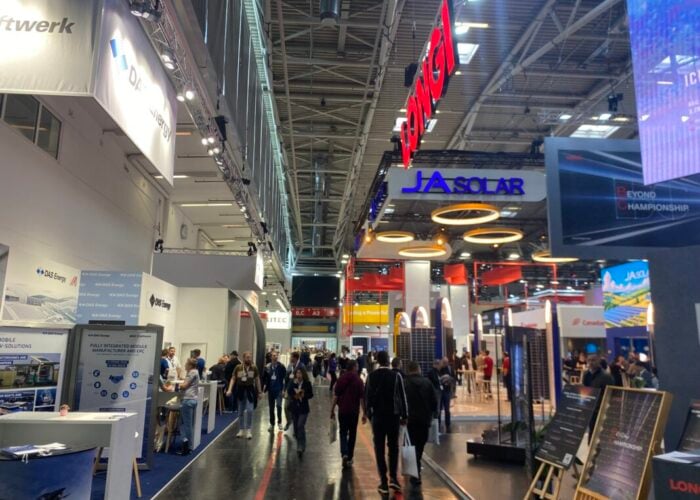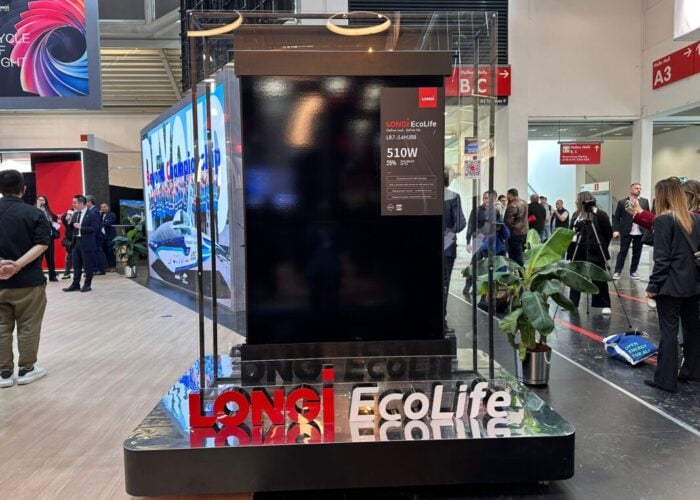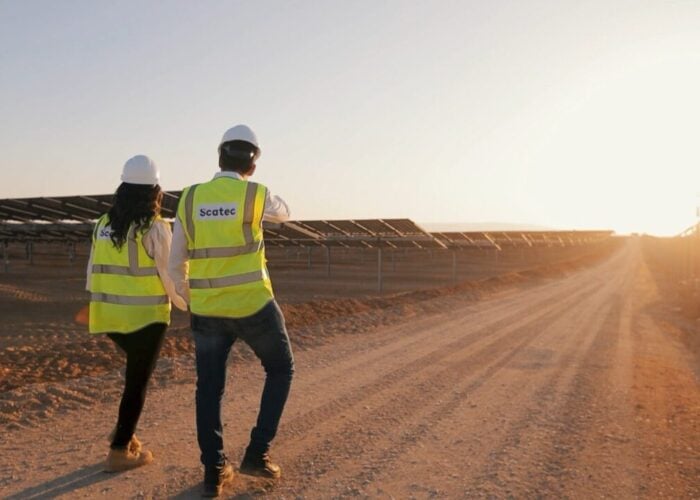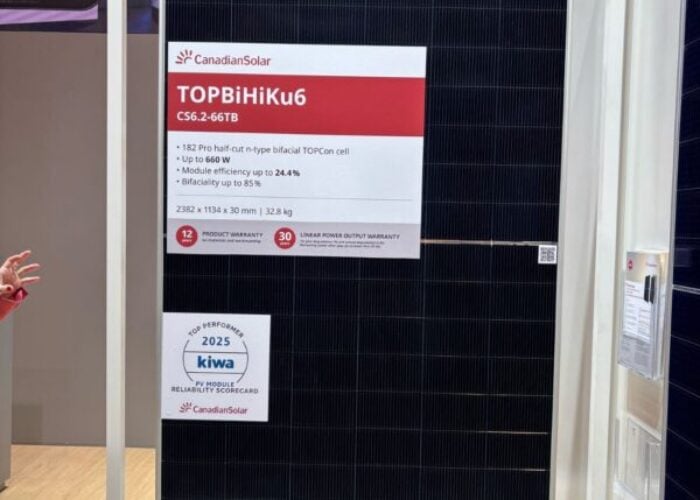The European Photovoltaic Industry Association has reported that, for the first time ever, solar PV power became the most installed energy source in Europe in 2011.The increased uptake of solar power, which rose 63% to reach 21.9GW last year, has been attributed to the implementation of incentive schemes and widespread subsidization by governments.
European countries have enjoyed reduced module and panel prices in recent months and were responsible for 75% of newly installed global capacity, producing around 26TWh of solar energy. Solar power is leading the way in renewable energy production in Europe, generating more than new wind and gas projects combined, which each had 9.5GW of capacity installed in 2011.
Unlock unlimited access for 12 whole months of distinctive global analysis
Photovoltaics International is now included.
- Regular insight and analysis of the industry’s biggest developments
- In-depth interviews with the industry’s leading figures
- Unlimited digital access to the PV Tech Power journal catalogue
- Unlimited digital access to the Photovoltaics International journal catalogue
- Access to more than 1,000 technical papers
- Discounts on Solar Media’s portfolio of events, in-person and virtual
Or continue reading this article for free
Global PV capacity reached 29.7GW in 2011, an increase of almost 13GW (44%) of capacity when compared to the installation capacity of 16.8GW for 2010. Predictably the German and Italian PV markets led the way in Europe, together accounting for more than 60% of the installed capacity, 7.5GW and 9.3GW respectively.
The EPIA also reported that, as they have for the previous 10 years, PV markets have grown faster than expected in Europe and throughout the world.
However, the EPIA also insisted that these installation growths are unsustainable at their current rates, largely because countries will reach a subsidy cap where governments will have spent all finances reserved for renewable energy subsidization. A decrease to anything from 21.6 to 9.4GW of new European capacity has been suggested.
EPIA president Dr Winfried Hoffmann stated, “The PV industry is now weathering a period of uncertainty in the short-term, but over the medium- and long-terms the prospects for continued robust growth are good. The results of 2011 – and indeed the outlook for the next several years – show that under the right policy conditions PV can continue its progress towards competitiveness in key electricity markets and become a mainstream energy source.”
Hoffmann concluded, “Policy support has been crucial to getting PV to this place in its development – just as it was crucial to helping develop all other energy sources (fossil and nuclear) in the past, but now PV needs to demonstrate that it is on the way to becoming a mature industry, ready for the next stage of its development.”
The report did however report that growth prospects for the medium and long term remain positive.
Europe is not likely to have it all its own way for long though, the EPIA reported, the burgeoning US, Chinese and Japanese markets look set to reduce the regions share of the PV market by next year. The global total installed solar capacity looks set to rise to anything from 20.6GW up to 41.4GW and up to 77.3GW for 2016.







